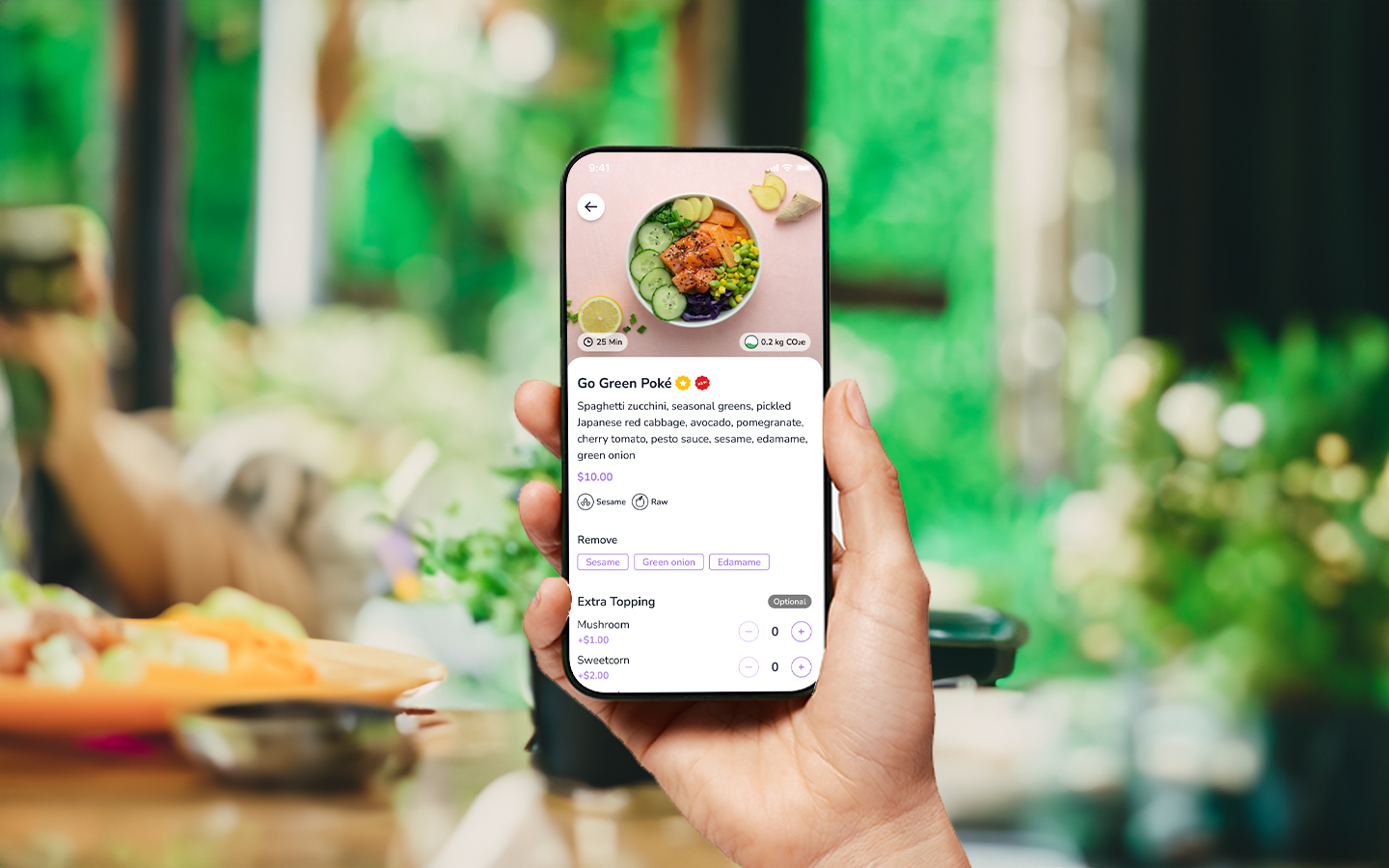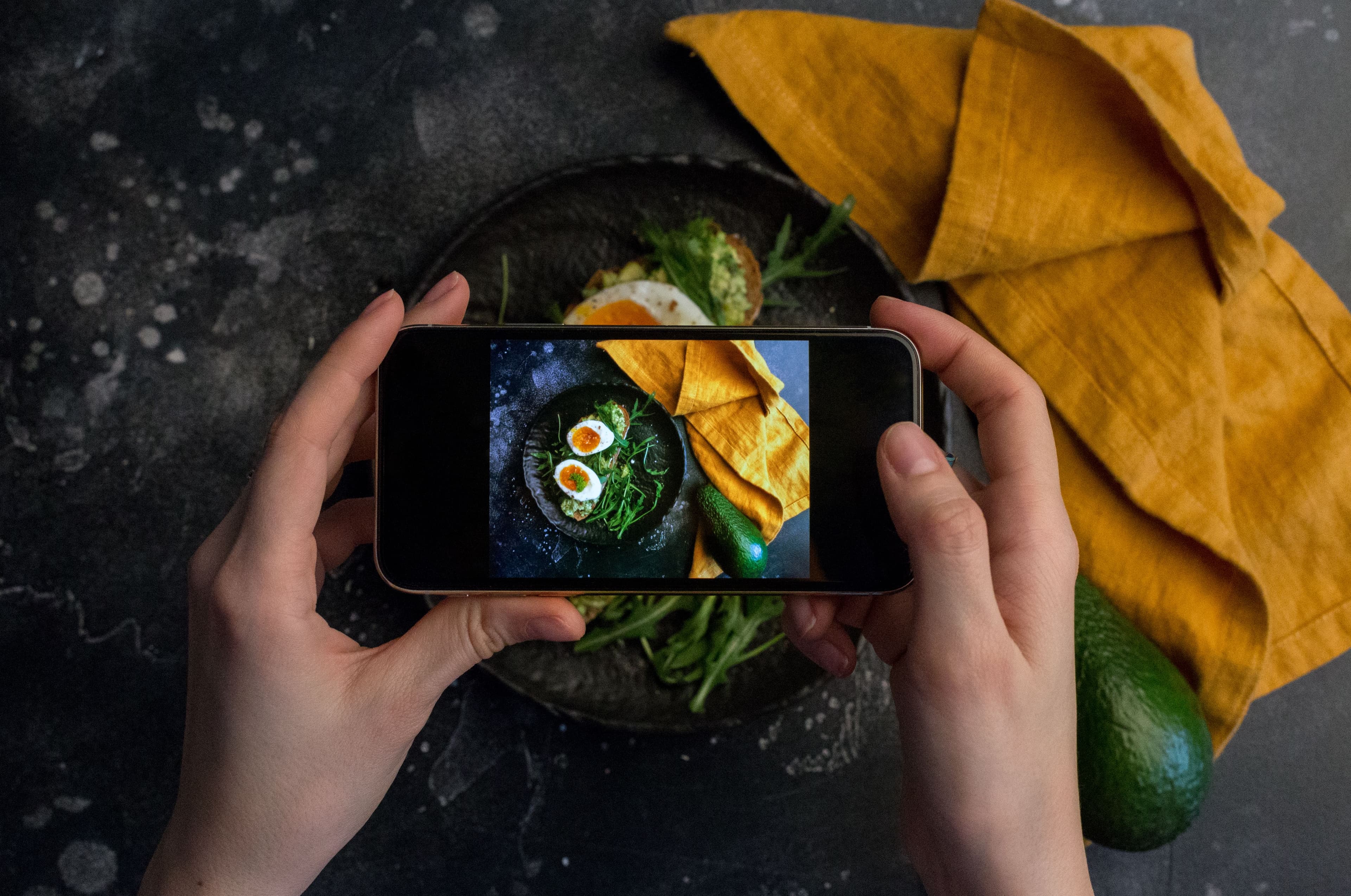We have been using paper menus for the past 300 years. According to the University of Nevada’s public collection, “Menus: The Art of Dining,” the use of paper menus began in Paris in the late 18th century. At that time, only limited dishes were available for customers, and items changed daily based on their availability, seasonality, or chef’s mood. Therefore, many restaurants had chalkboard menus that contained a list of the available dishes outside of their door. In addition, waiters had to memorize the items and would read the names of words to their guests.
As the number of dishes available increased, restaurants started to adapt to paper menus because of their convenience. This traditional display method has been used since then, but, more and more, it is becoming outdated and leads to operational inefficiencies for many restaurants.
Outdated and traditional paper menus result in operational inefficiencies because there are many hidden costs associated with them. Here are the top 5 reasons why traditional paper menus could make you lose money!
1) High agency costs and printing costs!
Some agencies ask for up to $2,500 just to create the design for menus. Added the printing costs; this value can double! Printing costs could occur multiple times throughout the year because of the seasonal changes or add-ons in menus. As a result, restaurants spend thousands of dollars on printing paper menus.
2) Lower Customer Satisfaction!
Restaurants must ensure that the items on their menus are available to their guests. Once customers decide on their order, they do not like to hear that their food of choice is out of stock or unavailable at the moment. Therefore, offering unavailable items could hurt customer satisfaction. Plus, if customers review their experiences on platforms such as Trip Advisor, the restaurant could lose potential customers, and this could impact their sales negatively.
3) Losing profits because of the wrong pricing!
Sometimes, prices of the ingredients rise significantly over time. If restaurants don’t reflect this change in their menu, they can lose profits! Updating menu prices periodically could be a good idea; however, due to high printing costs, many restaurant owners avoid re-printing their menus. So, they keep losing money and work with lower margins.
4) Lack of data!
Paper menus don’t provide real-time data for restaurant owners. Sometimes, while guests browse the menu, they look at certain dishes but end up not purchasing them. Maybe there is a problem with its price? Who knows? But it results in lost revenue. Traditional paper menus don’t provide real-time data. As a result, restaurateurs have a hard time understanding consumer behavior.
5)Not Enough Upselling!
Unlike digital menus, most traditional paper menus don’t include upselling and recommended items. This is done mostly by the waiter and staff. However, the dine-in option is pretty limited or canceled during the pandemic. As a result, staff no longer engage with customers like they used to. As a result, they can’t promote items and/or push sales, decreasing revenues.
All of the items above are some of the hidden costs associated with using traditional paper menus. Nowadays, many restaurants are switching to digital menu solutions to adapt to the industry's changing dynamics. If you are not familiar with digital menus, check out the link below to learn more about seven reasons why you should switch to digital menus.


